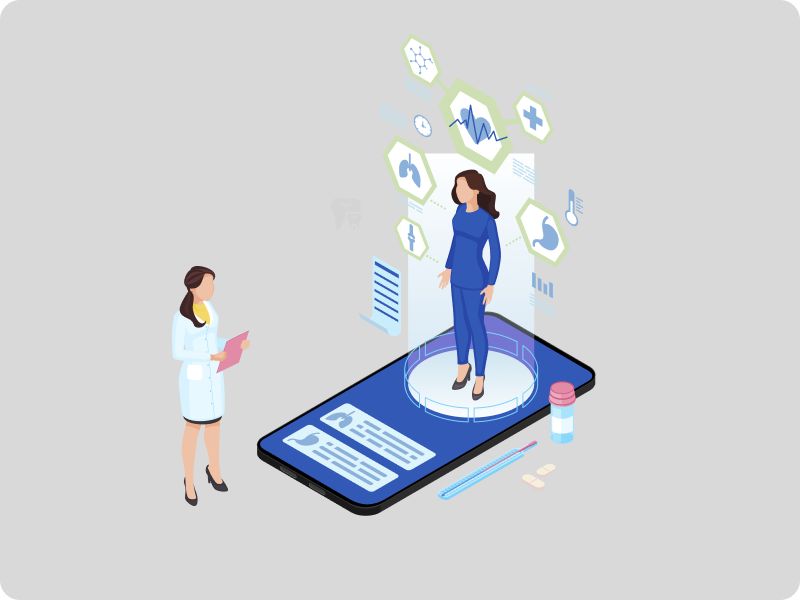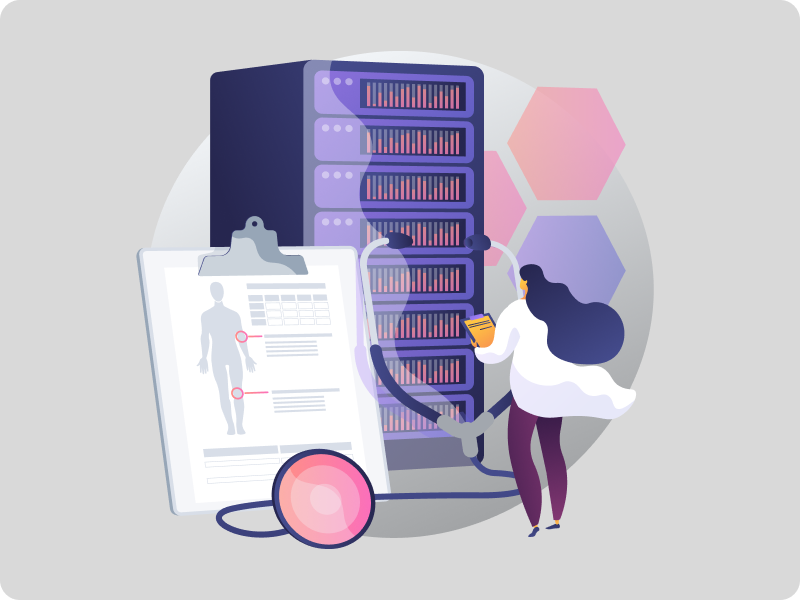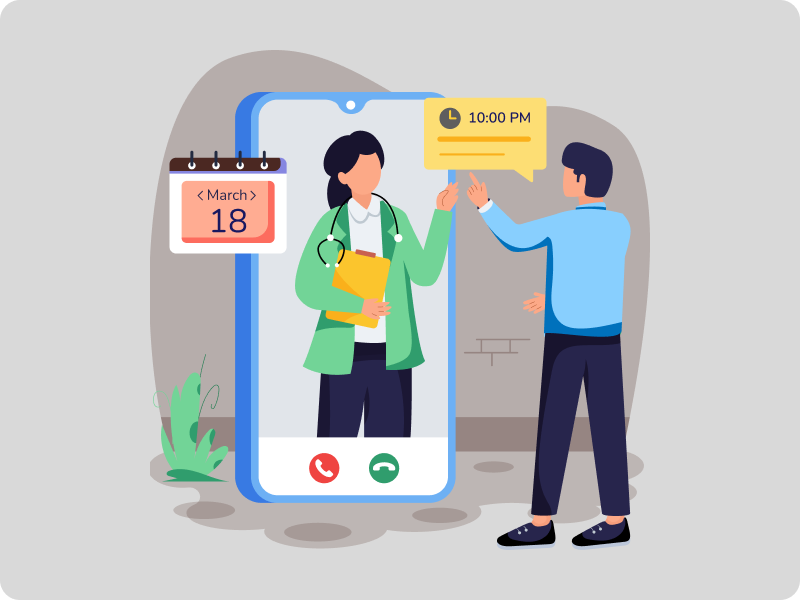Data Security in Healthcare: What Doctors Need to
Know and How to Stay Protected
In today’s digital-first healthcare environment, storing and accessing patient records online is the norm. But with this convenience comes a growing threat—data breaches. Medical practices, whether large hospitals or independent practices, are increasingly becoming targets of cyberattacks.
If you're a healthcare provider using digital tools like EMR systems, teleconsultation platforms or mobile apps, protecting your patient data is not just a legal requirement—it’s a matter of trust.
The Real-World Impact of Healthcare Data Breaches
- Patient Trust is Lost: Once patients know their data has been compromised, they may hesitate to return or recommend your organization.
- Legal and Financial Penalties: Failing to comply with data protection laws can lead to fines, legal trouble and potential closure.
- Operational Downtime: A breach often means systems go offline, affecting appointments, prescriptions and internal coordination.
What Kind of Data Needs Protection?
- Personal identification (name, phone, email)
- Medical history and prescriptions
- Lab reports and diagnosis notes
- Billing and insurance information
How to Ensure Strong Data Security in Your Practice
1. Use HIPAA-Compliant Digital Tools
Start with an EMR and communication system that’s built with healthcare compliance in mind. The best solutions use encryption, user permissions and audit trails to protect patient data at every step.
2. Encrypt All Patient Data
Encryption ensures that even if data is accessed, it’s unreadable without the proper key. Look for platforms that encrypt data both at rest and in transit.
3. Limit Access with Role-Based Permissions
Not everyone in your organization needs access to every record. Systems with role-based access ensure that only the right team members can view sensitive information.
4. Automated Data Backup and Recovery
Choose software that offers automatic data backups and secure cloud storage. In the event of a system crash or breach, this ensures you can restore critical patient data quickly.
5. Two-Factor Authentication (2FA)
Add a second layer of security by requiring a verification code or authentication app when logging in. This prevents unauthorized access even if passwords are compromised.
6. Train Your Staff
Human error is one of the top causes of breaches. Conduct regular training on best practices like strong password usage, phishing awareness and secure data handling.
Better Care Starts with Better Data Protection
Beyond software features it is best to adopt a digital healthcare platform that is compliant with proper privacy laws and that offers ongoing support, security updates and a proactive approach to compliance. This makes it easier for doctors to focus on patient care, while the platform handles the tech.
In a world where data is the new currency, patient information is among the most sensitive and valuable. As a healthcare provider, it’s a responsibility to protect it. With the right technology, processes and partners in place, doctors can run their practice confidently, knowing that the data is safe.





